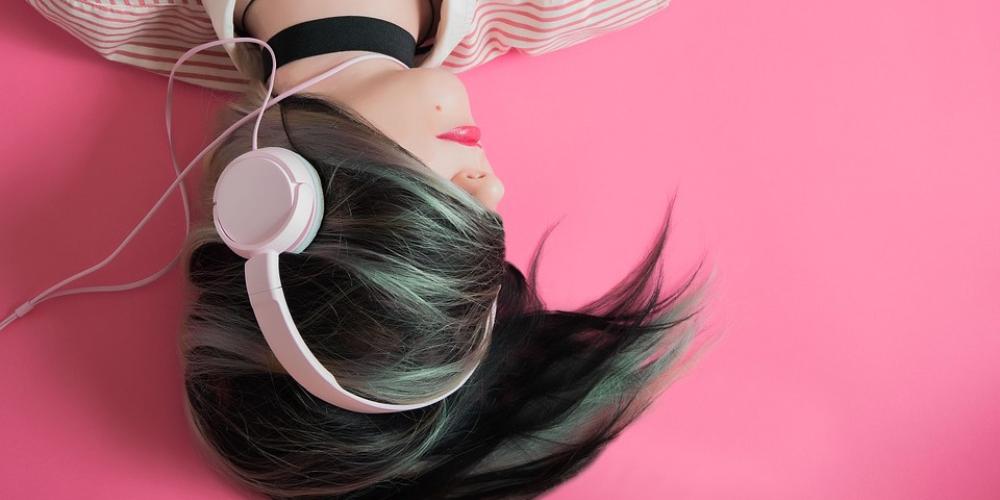Why Advertisers Should Consider Running Spotify Ads Alongside Radio

In our last post on radio we brushed on digital audio's significance when it comes to advertising and media buying. In the face of all the technological advances that shape conventional radio and modify its aspects, it remains effective and perhaps even more so when combined with other digital audio apps. In this week's post we will explore Spotify's advertising power when it comes to audio advertising, and why we recommend running audio ads as part of a marketer's digital media campaign.
The Power Lies in the Targeting
The subscription-based streaming service was first launched in 2008 and has since developed enough recognition and assets to become a large and effective advertising network that connects all 140 million users. Spotify's user base is massive and scattered all around the world, across over 60 markets. As of 2013 the platform began rolling out audio, video and display ads to fit various versions of the app-desktop, mobile and tablet. These services allow brands large and small to reach listeners based on a wide array of traits and targeting options, which is what is very handy about Spotify. Advertisers can target the following areas of audiences:
1. Demographic-based targeting: When users sign up for Spotify, they fill out information about themselves that automatically provides the platform with basic data like age, gender and location. In addition, users may connect their Facebook accounts to the app which provides them with more qualitative data about each user.
2. Content and Habitual Targeting: This area of targeting provides advertisers with the chance to really zoom in on specific niche markets, and is broken down into three further categories.
a. Playlist Targeting, which allows advertisers to reach listeners in a specific mood or activity, based on the Spotify Curated Playlist they are listening to, such as 'workout', 'focus', 'travel', 'romantic' etc. Each playlist mood aligns with qualitative data about a user which helps in identifying them as potential leads for a marketer. This data is constantly collected by Spotify and their playlists are very popular among users, some with up to 2 million followers.
b. Genre Targeting works similarly to playlist targeting, but can offer a more diverse pool of listeres since it relies only on a music genre a marketer identifies appropriate to their message.
c. Fan Targeting is not offered to any advertiser and is only available to record labels or artist promoters who wish to promote an album or event for their artist. They are able to target specific fans of their artists, who can easily be found through data that looks into their listening habits and identifies their top songs and artists.
It is recommended you only target one of the sub-categories listed above, in order to avoid having a small audience pool. Audiences are matched to your ad if they follow ALL habitual targeting options, so it's best to keep it simple and choose only one of the options (multiple options within each sub-category are not a problem, however.)
3. Timing and Platform-based targeting: Advertisers can choose when they wish to promote their ads during the day and work with Spotify on their desired scheduling. They can also choose which version of the app to advertise on (mobile, desktop, or tablet).
Spotify advertisements can be up to 30 seconds long and are usually played every 15 minutes and cannot be skipped. The platform also allows for the addition of visuals in an ad like banners or images to support the audio message. This is optional but it is a definite boost to clickthrough rates, so it is always recommended to place visuals alongside an advertiser's audio ad.
But...There's a Catch!
Despite there being 140 million active monthly users on Spotify, advertisements are only served to those who do not pay the $10 monthly subscription fee and instead use the free version. Free Spotify memberships come with more limitations, as well as advertising interruptions to music streaming. Looking at the ratio of Premium to Free Spotify users, we see that advertisers are essentially losing out on 70 million Spotify Premium listeners, who could very well be a part of their desired target market. This is why we consider Spotify to be a good addition to radio on the digital side of things, but not a complete replacement.
One very interesting incentive for advertisers with Spotify lies in the app's Sponsored Sessions option. Sponsored Sessions is a tool used by advertisers to show a longer video ad to a listener, in exchange for 30 minutes of uninterrupted, ad-free music session. This is more costly for an advertiser, but it does give them more time to deliver their message and likely connect with a user to generate a click or gain a lead.
How Do I Know If My Spotify Ads Are Working?
Key performance indicators on all ad campaigns must always be defined early on. There are different KPIs you can look at with audio advertisements, which include:
1. Click-through Rate (CTR)
2. Total number of clicks
3. Number of ads that were served
4. Frequency: How many times an ad was served to one person
5. Impressions/Reach: How many people heard the particular ad
All of these metrics can be tracked through Spotify or your ad campaign buyer and manager to determine your campaign's success.
Contrary to radio's open signal concept, Spotify is able to isolate and group listeners so well and match them up to advertisers. This is not achievable with conventional radio where users tune in more randomly. However, radio offers advertisers a much larger pool of listeners with a wider age group in comparison to Spotify's much younger user demographic. Together they complement one another's differences and perform best when used simultaneously.
Interested in advertising on Spotify? We can help! Contact us today.

